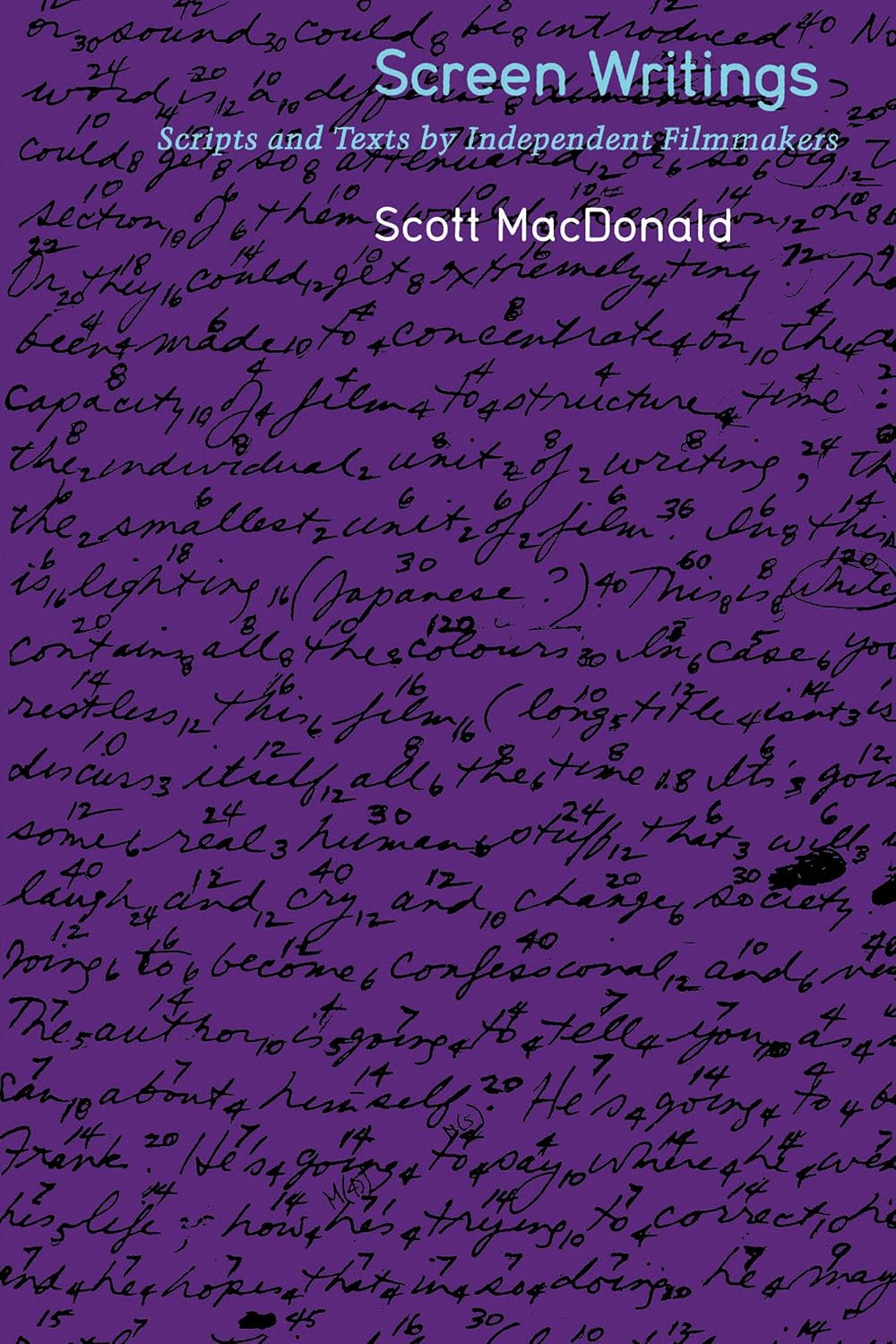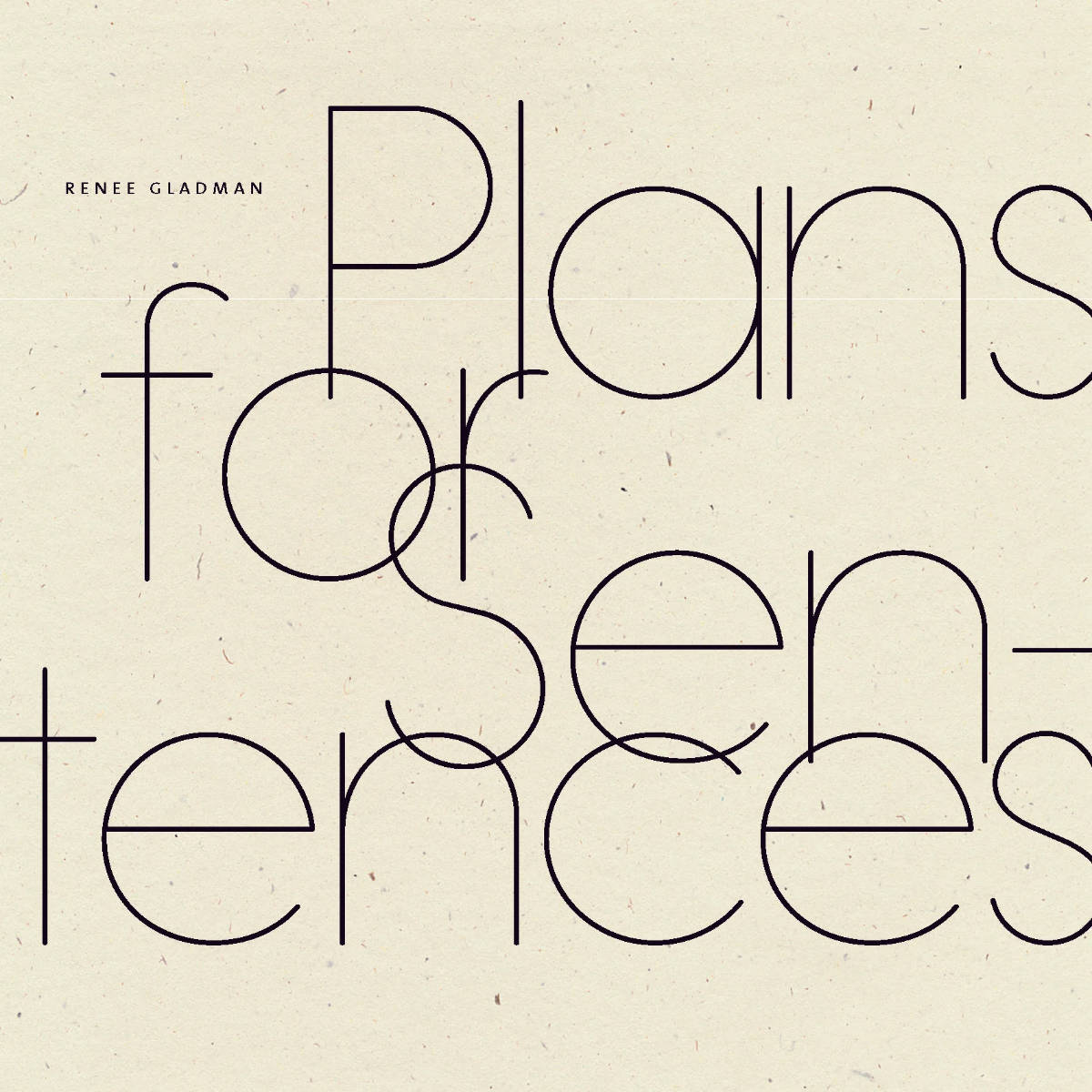
Paul Chan: Breathers
This volume surveys Paul Chan's publications and works made between 2010 and 2022 following his return to artmaking. The exhibition takes as its organizing principle the notion of the "breather," a word that can signify a moment of rest or pause but can also reference a purposeful redirection toward other activities.
Chan's turn to publishing through the founding of his independent press Badlands Unlimited represented a type of "breather." Badlands for Chan embodied a radical break that seeded new ideas and ways of working. The term is also what Chan titles a recent major body of work. Breathers is an ongoing series of pneumatic sculptures and installations that he considers a new genre of moving-image works. Tacitly and overtly, the metaphor of the "breather" underscores each of the works in the Walker Art Center exhibition, which, with the artist's input, is conceived in four sections. The exhibition catalog includes scholarly contributions by Chan; Pavel Pys, Curator of Visual Arts at the Walker Art Center; and Vic Brooks, Senior Curator of Time-based Visual Art at Experimental Media and Performing Arts Center Rensselaer Polytechnic Institute (EMPAC).
Paul Chan (born 1973) is an artist, writer and publisher who lives in New York. Chan is the winner of the Hugo Boss Prize in 2014, a biennial award honoring artists who have made visionary contributions to contemporary art. Chan founded the independent press Badlands Unlimited in 2010. Badlands has published over 50 books, including the works of Yvonne Rainer, Calvin Tomkins, Lynne Tillman, Hans Ulrich Obrist, Carroll Dunham, Claudia La Rocco, Dread Scott, Martine Syms, Craig Owens, Petra Cortright, Cauleen Smith, Ian Cheng, Rachel Rose, Aruna D'Souza and many others.







